Economy & Infrastructure
The Tiger Has Awaken
The Philippines is a growing economy with a gross domestic product (GDP) that reached over 361.49 billion U.S. dollars in 2020. It is expected to increase substantially to over 610 billion U.S. dollars by 2027. The service sector is a significant economic sector with a share of almost 60 percent in GDP generation. Tourism and IT have contributed much to the growth of the economy of the Philippines, while agricultural products have declined over the years due to the move of people to the cities to find work.
The Philippines biggest trading partners are China (16%), the United States (15%), Japan (13%), Hong Kong (12%), Singapore (7%) and Germany (5%). Its national currency is the Philippine Peso (Domestically referred as Piso) and is divided into 100 centavos. It has its own symbol “₱” but is more known for its code PHP.

The labor force is around 43.46 millions (2018) and nearly a quarter is deployed in the agricultural sector. The industrial sector accounts for around 20% while the rest is involved in the services sector. The unemployment rate stands at 6% as of 2022. The regional development has been uneven, with Metro Manila gaining most of the economic growth, in the expense of the other regions. But this trend has shifted a little bit with the former president R. Duterte, who put more focus into the other parts of the Philippines, especially Mindanao, thus helping to vitalise the economy as a whole. The current president is likely to proceed with those planned investments. The BPO sector is large and in 2010 the Philippines surpassed India as the top BPO services provider in the world.
Interesting fact: Manila is the headquarter of the Asian Development Bank.
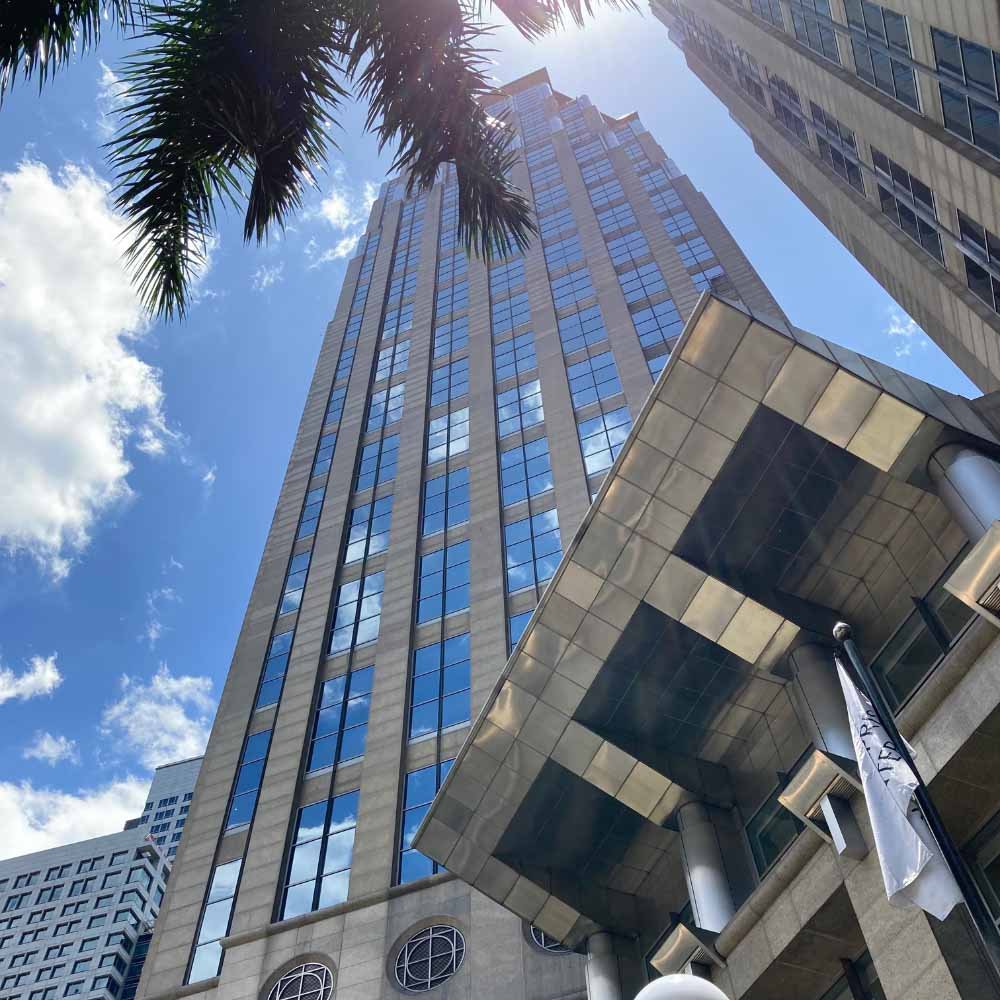
Philippines has a lot of small businesses and many homes have their own little store called Sari-Sari. These little stores are like the Filipino version of a convenience store. You can find Sari-Sari’s everywhere. For some it is another way to support their livelihood. Because it is easy to open a business in the country you will find many small businesses in any type of sector. This possibility also has led to bigger things such as the Jollibee Foods corporation. This single ice cream kiosk has risen to an international fast food giant. And the Philippines is the only country where McDonalds gets beaten – by Jollibee.
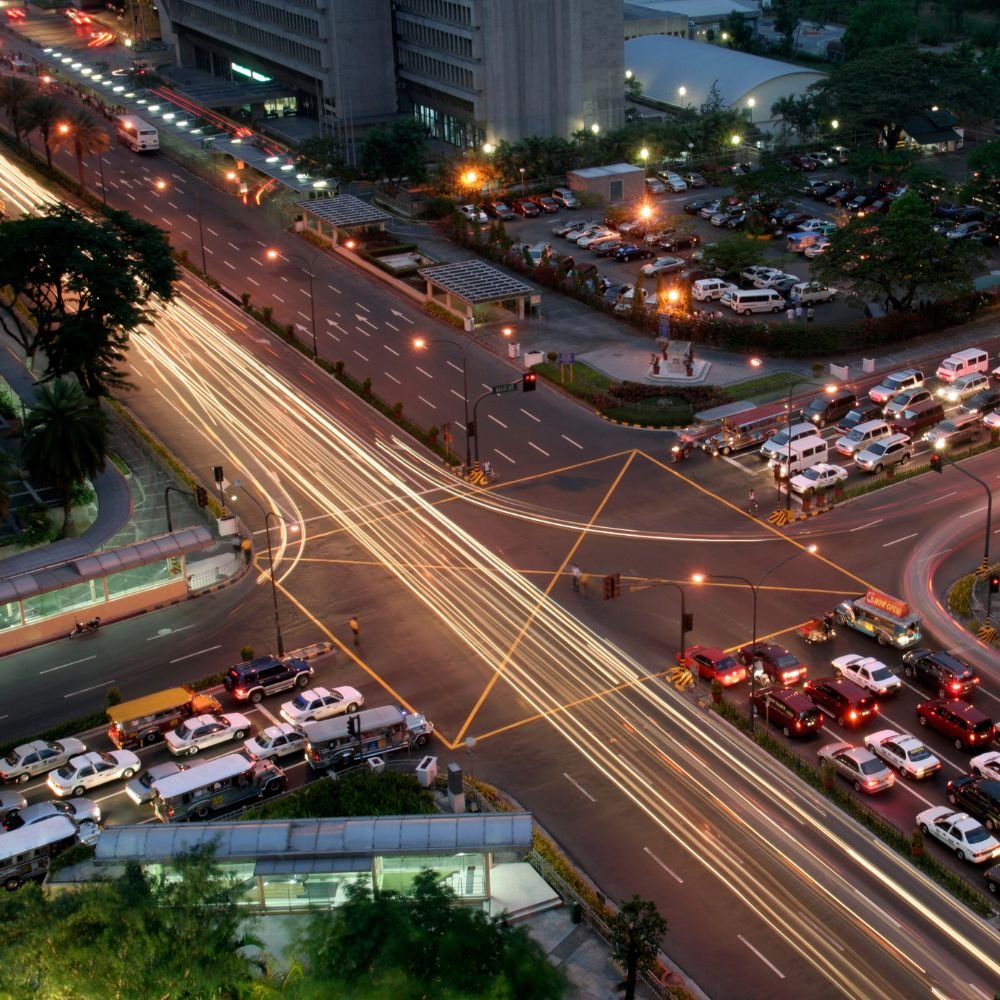
There are more than 1.77 Million Overseas workers (2020) contributing to the wealth of other nations and to the wealth of the Philippines through its remittances. From specialised nurses to engineers, the hard-working Filipino is admired all over the world and its English fluency is a big plus to especially English speaking countries.
Infrastructure and Transport
The country is facilitated by road, air, rail and waterways. The Pan-Philippine Highway connects the island of Luzon, Samar, Leyte and Mindanao, forming the backbone of the land-based transportation system. There are a number of expressways from the capital Manila to other parts of Luzon and there is a significant expansion of roads throughout the country through the Build Build Build initiative by the Government. Traffic is a constant issue in the country, especially in the capital region but further improvements have contributed to the easing and public transport ways help to digest it. Davao City is currently undergoing a great infrastructure “overhaul” with streets widening projects, underground cable networks and new water pipe systems. It is expected to have a significant impact in the next five to ten years and with the Mindanao Railway project from Tagum to Digos it will connect and promote the Regions. The country is experiencing a lot of change in recent years and we might see a very different Philippines in the years to come. A more prosperous one.
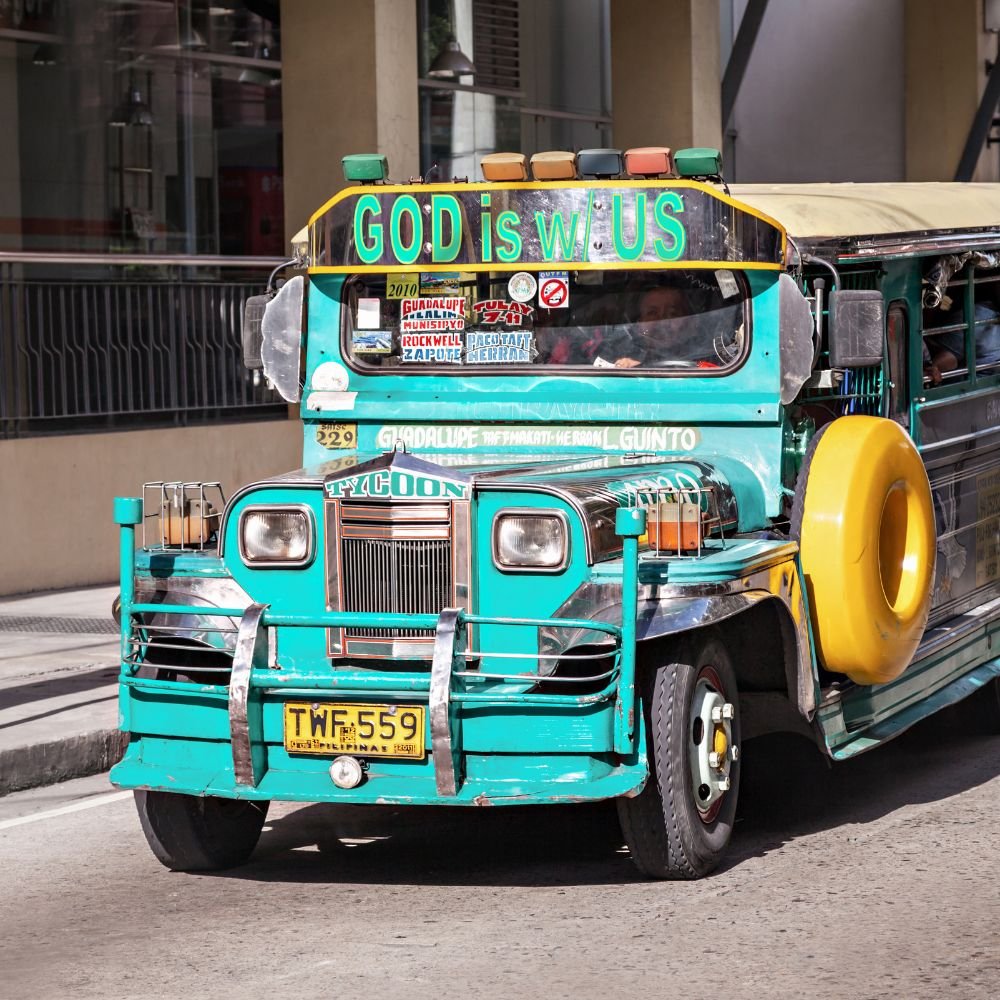
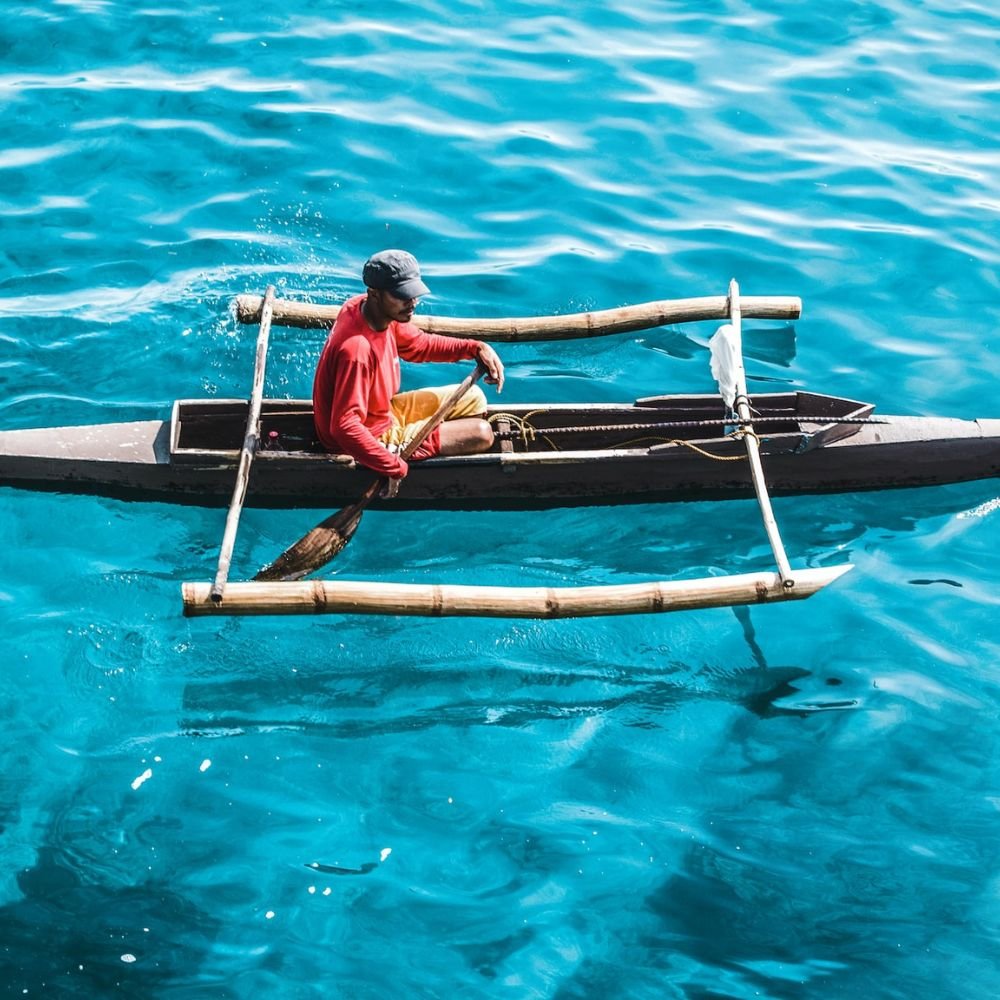
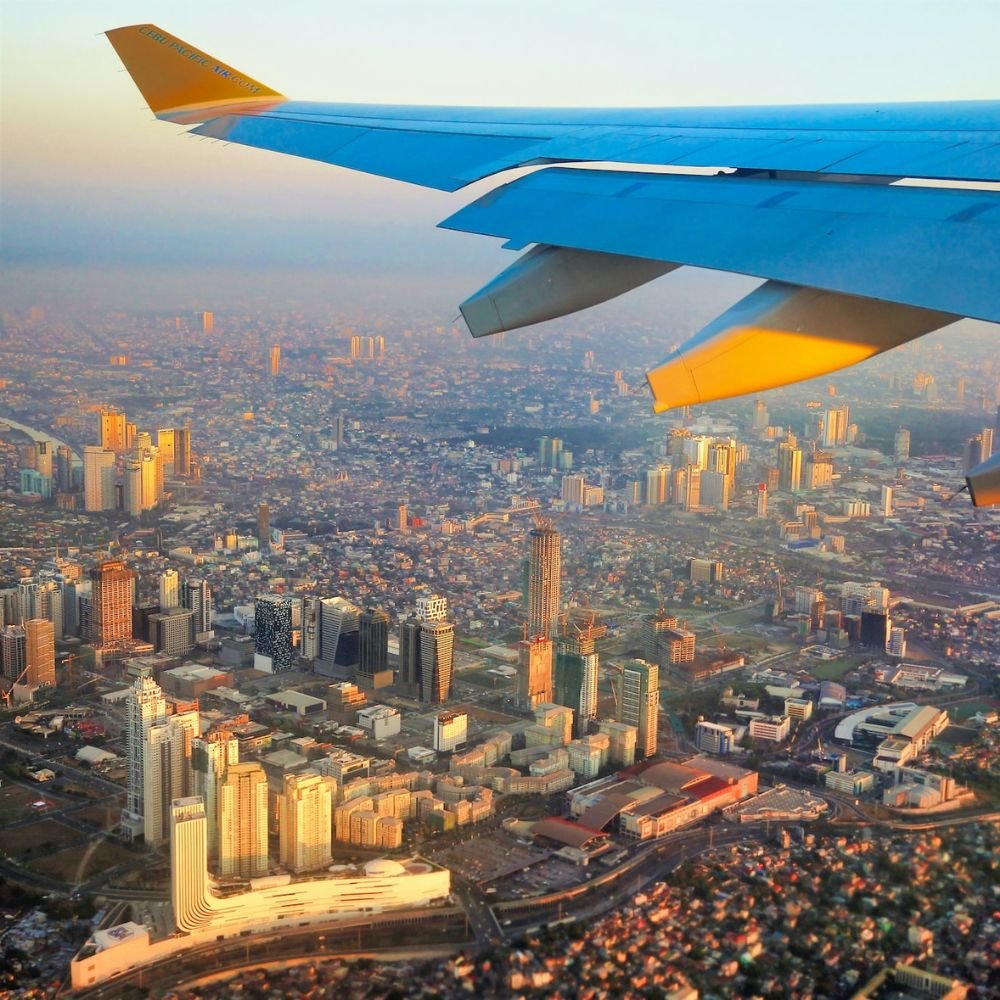
The public transports in the country include buses, jeepneys, UV express, taxis, tricycles and others. Jeepneys are a popular form of transport and a very iconic one. Although it might get phased out in the near future to comply with environmental issues, the jeepney might not go away soon. It might be just too big of a status symbol. It could be a tourism attraction at the end. Further, the Philippines has developed a wide network of airplane travel opportunity due to its many islands. The airplane carrier Cebu Pacific is its number one carrier followed by competitors Philippine Airlines and Air Asia.
The railway system is still in its early stage but is seeing now much more growth. The country will get many more railway travel options in the coming future and the people are looking much forward to that. And, of course, the sea travel has and always will play an important role in the Philippines. For many beautiful islands like Boracay, Bohol, Samal or Siquijor, it is impossible to think about getting around without thinking of a Bangka or a Ferry.
